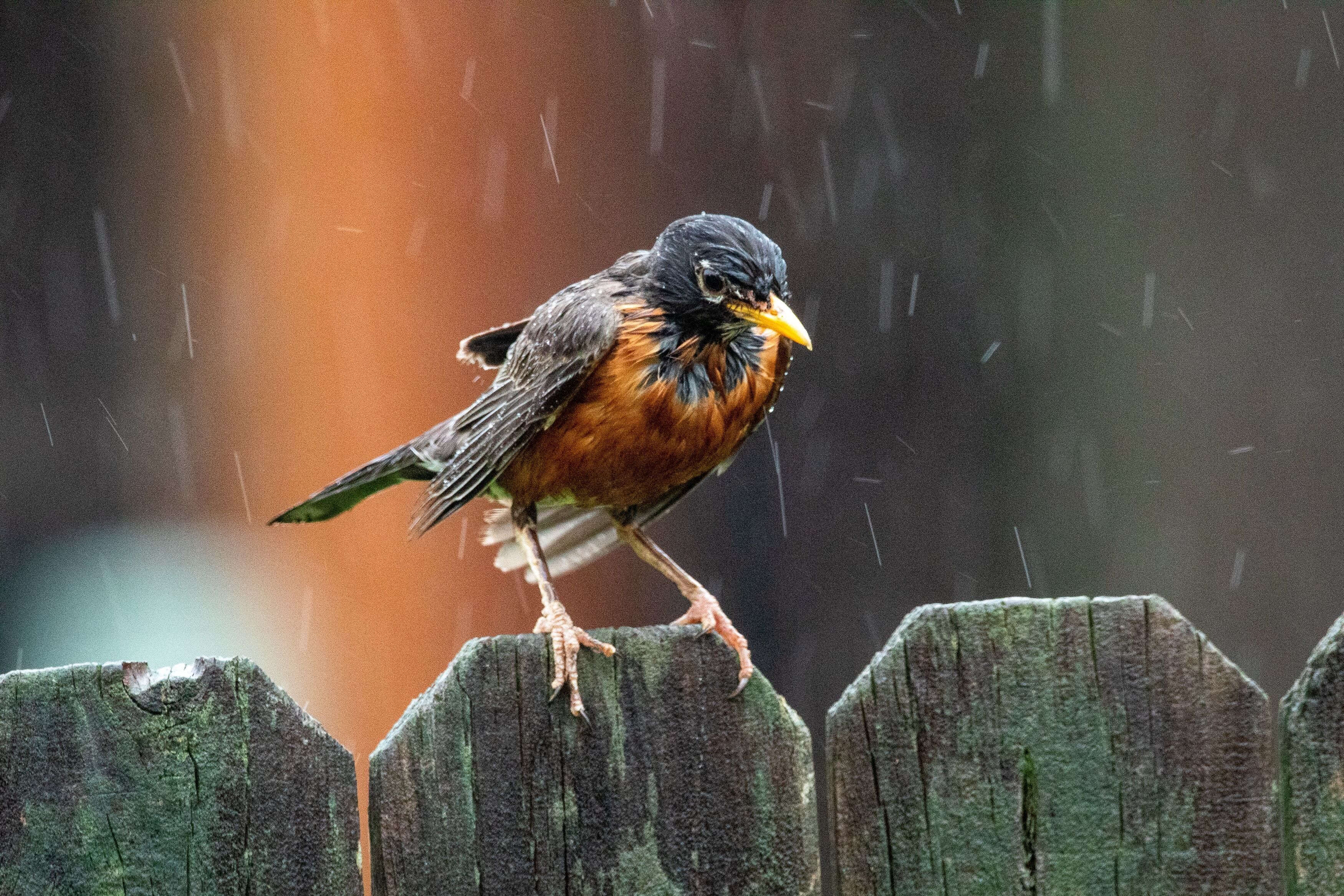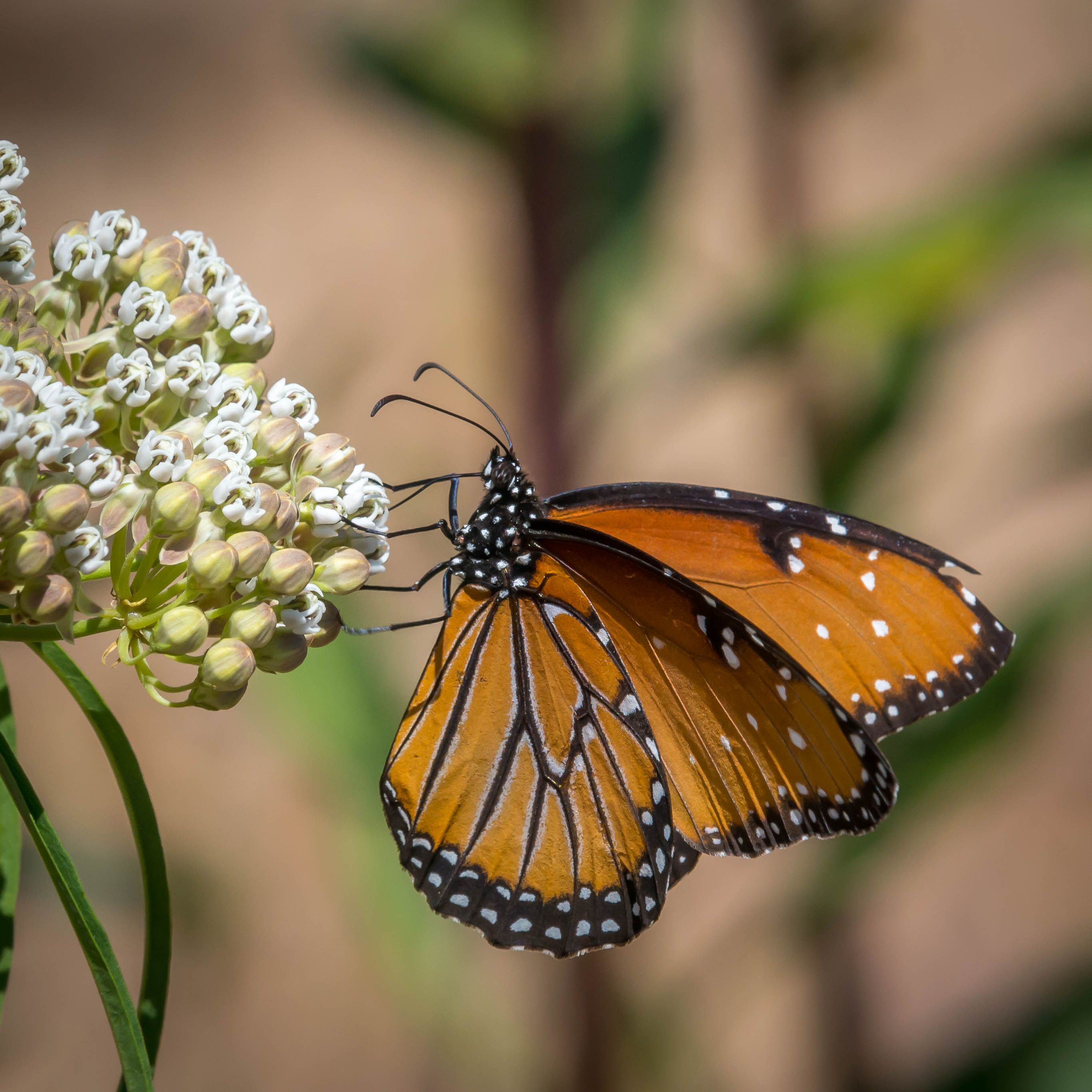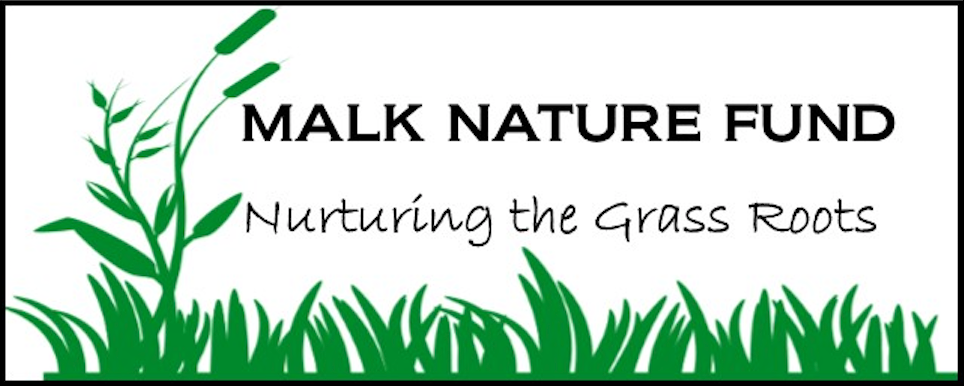
Every storm is different and has unique effects on our local birds. Storms can cause problems for birds like:
- Knocking down active nests, or flooding ground-level nests or nesting burrows
- Destroying plants, killing prey, or otherwise disrupting food sources
- Disturbing habitat by knocking down trees trees, changing shorelines, or flooding valleys
- Impacting bird's migration by forcing early or late travel, or alternative routes
- Directly killing birds through floods, collisions with obstacles, burials, etc.
Sounds pretty bad, right? The good news is that despite all the potential negative impacts of storms, birds often manage to survive bad weather! They have many adaptations that give them strong advantages to stay safe in any type of storm, such as:
Sensing the storm
Birds have incredibly keen senses and are aware of the tiniest environmental changes that indicate a coming storm. Birds can sense shifts in temperature, wind speed, wind direction, humidity, and barometric pressure. When those shifts indicate a storm, the birds are able to take early action to stay safe.
Eating up
Many birds will feed frantically in the hours before a storm hits, fueling up to survive its duration. They may use that nutritious fuel to leave the area, or to stay warm when the temperature drops. Birds need enough energy until the storm passes and they can return to their normal feeding pattern.
Seeking shelter
When bad weather begins, birds will quickly seek shelter to stay away from the worst of its effects. Because many birds are so small, even tucking against the trunk of a tree can be good shelter from the worst wind or driving rain. Birds will seek out hidden cavities or nestle under branches, brush, or other shelter to keep out of bad weather.
Fleeing the area
Some bird species will leave the area if poor weather approaches. Even just a few miles of distance can make a tremendous difference in how severe a storm may be, and birds can easily get out of the way of the very worst storms.
How can you help birds survive storms?
Here are a few easy steps you can take to help birds survive storms:
- Provide food at backyard feeders so birds have a reliable, nutritious food source not only before the storm, but all year long. The stronger and healthier birds are, the more resilient they will be to the negative impacts of extreme weather.
- Create sturdy shelters by providing good bird houses and roost boxes that are protected from driving rain or prevailing winds.
- After a storm passes, look for injured birds and getting them to a licensed wildlife rehabilitator as soon as possible. Consider offering financial or material donations to rehabbers so they can continue their critical work with all sick or injured birds.
- Participate in habitat cleanups after bad storms to help restore the area as quickly as possible so it is available to birds. Local nature centers, wildlife preserves, and refuges will have volunteer opportunities after severe storms to help reclaim damaged areas.
By working together, we can all - wildlife and humans alike - stay safe during storms!















